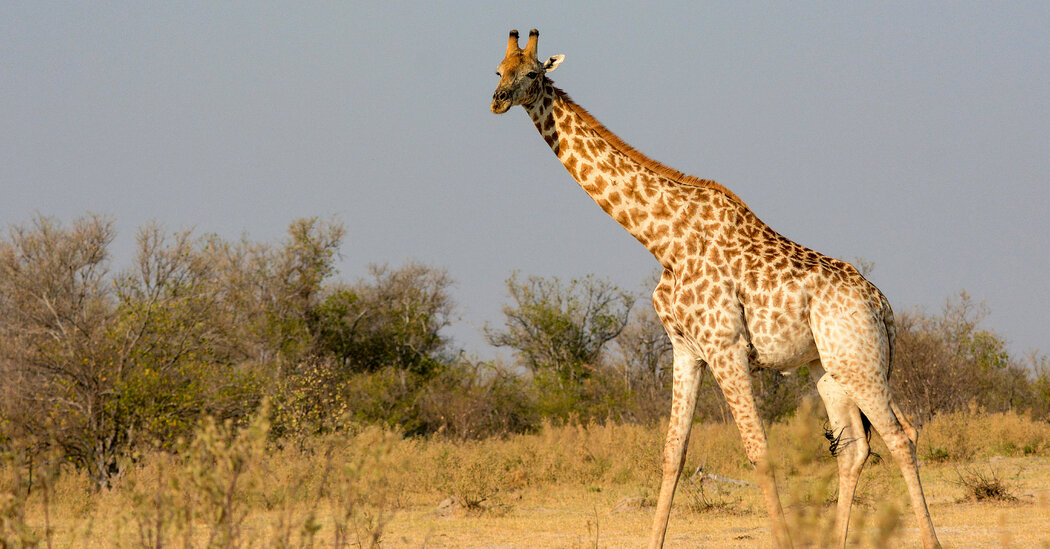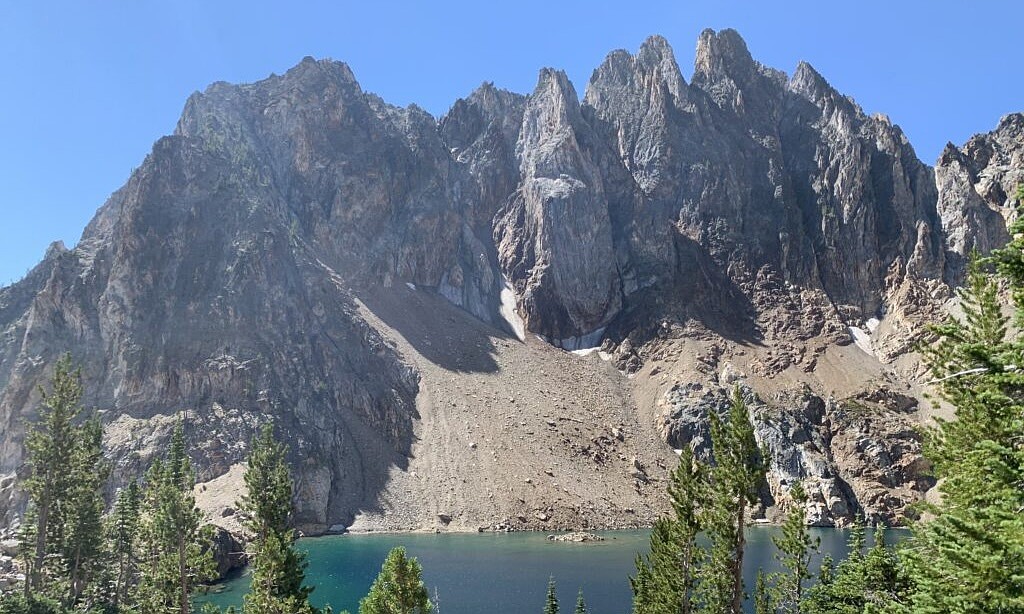Conservation
Indian Grid Delays Threatens $7 Billion of Solar Projects

India’s Solar Ambitions at Crossroads Due to Bird Conservation
What’s Happening?
India’s renewable energy aspirations face a unexpected hurdle. Billions in solar projects in Rajasthan are stuck in limbo as conservationists and developers clash over the protection of the Great Indian Bustard, a critically endangered bird species. The stalemate highlights the delicate balance between environmental preservation and economic progress.
Where Is It Happening?
The affected region spans across Rajasthan, India’s sun-soaked state, which is pivotal to the country’s solar energy expansion plans.
When Did It Take Place?
The bottleneck became apparent recently, threatening project timelines and investor confidence.
How Is It Unfolding?
– Solar projects worth over $7 billion are currently halted.
– Transmission approvals are pending due to concerns over bird habitats.
– Conservationists advocate for alternative routes while developers face delays.
– Generators scramble to explore solutions to avoid transmission grid congestion.
– Government is now meeting with stakeholders, seeking middle ground.
Quick Breakdown
– **Location**: Rajasthan Solar Park zones.
– **Key Species**: Great Indian Bustard (critically endangered).
– **Project Value**: More than $7 billion.
– **Main Issue**: Delayed transmission approvals to protect bird habitats.
– **Stakeholders**: Solar developers, conservationists, and government.
Key Takeaways
This impasse underscores the challenge of balancing the urgent need for sustainable energy with wildlife preservation. On one hand, India is pushing hard to meet its renewable energy goals. On the other, conservation measures threaten to derail these ambitions. The conflict illustrates how systemic bottlenecks can derail even the most well-intentioned policies. While renewable energy is critical for combating climate change, it must also coexist with nature. The solution lies in innovative transmission planning and collaboration between developers and conservationists.
“The conflict between energy transition and biodiversity highlights an urgent need for integrated planning that doesn’t treat these goals as mutually exclusive.”
– Anjali Mehta, Renewable Energy Policy Analyst
Final Thought
**India’s solar sector is at a crossroads, where the path forward requires careful navigation. While renewable energy is crucial for a cleaner future, the recent halt in Rajasthan highlights the need for flexibility and foresight. Stakeholders must collaborate to find solutions that protect both the environment and economic interests. The Great Indian Bustard debate isn’t just about one species—it’s about how we balance progress and preservation for a sustainable tomorrow.**
Source & Credit: https://www.bloomberg.com/news/articles/2025-08-22/indian-grid-delays-threatens-7-billion-of-solar-projects
Conservation
Scientists Split Giraffes Into Four Species. Three Are In Trouble.
Conservation
See pictures of Florida’s secretive, rare rainbow snake
Conservation
New map shows public land in Idaho flagged for potential disposal
-

 Dallas2 weeks ago
Dallas2 weeks agoDallas Wings Make Joking Comment on Indiana Fever After Upset Win
-

 News2 weeks ago
News2 weeks ago49ers Head Coach Reveals Surprising Praise for Broncos’ Bo Nix
-

 News2 weeks ago
News2 weeks agoKyle Schwarber Drops Massive Hint on Staying With Phillies for ‘Period of Time’
-

 Dallas2 weeks ago
Dallas2 weeks agoSophie Cunningham Issues Apology After Actions in Fever Loss
-

 News2 weeks ago
News2 weeks agoPhillies $100M Slugger Responds on Kyle Schwarber Potentially Joining NL Rival
-

 News2 weeks ago
News2 weeks agoAnn Wilson of Heart returns from cancer battle to concert stage
-

 Dallas2 weeks ago
Dallas2 weeks agoCowboys Reveal Surprise View With Luke Schoonmaker Prediction
-

 News2 weeks ago
News2 weeks agoReporters Complain About DC Crime Before Trump Federalizes DC Police














